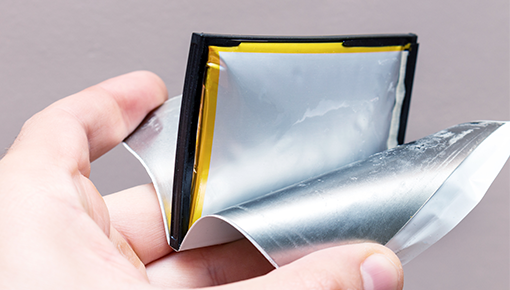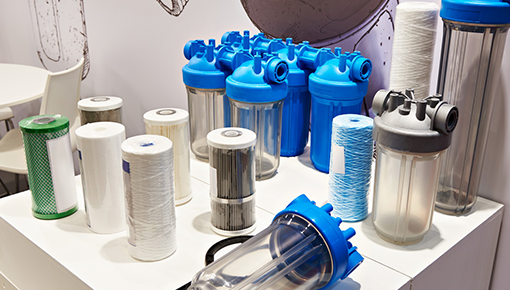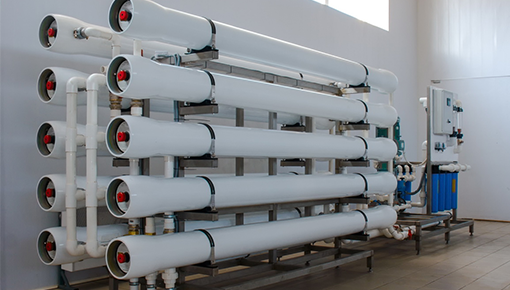Membranes
Membranes
Membranes are used for the following purposes:
- for drinking water production (osmosis membranes)
- for the separation of impurities from liquids (dialysis for blood purification, filtration of beverages in the food industry)
- for the separation of impurities from gases (catalytic converter in cars, gas filtration in gas extraction by fracking, waste gas purification in industry)
- for the separation of ions in a power accumulator (lithium-ion battery) or a fuel cell
Depending on the application, there are different types of membranes, each of which requires a different manufacturing process.

Battery separators
Coating of PE membranes with ceramic layers for battery separators as a heat-resistant protective layer

Gas filtration membranes
The permeable PET membrane is coated with a functional layer that can filter out certain chemical components when gases pass through

Osmosis membranes
A wet-chemically applied functional layer is precipitated in baths via coagulation processes, cross-linked and then dried. The membrane produced in this way can be used to separate salt from the water by ion exchange or one-sided diffusion of water through the membrane
